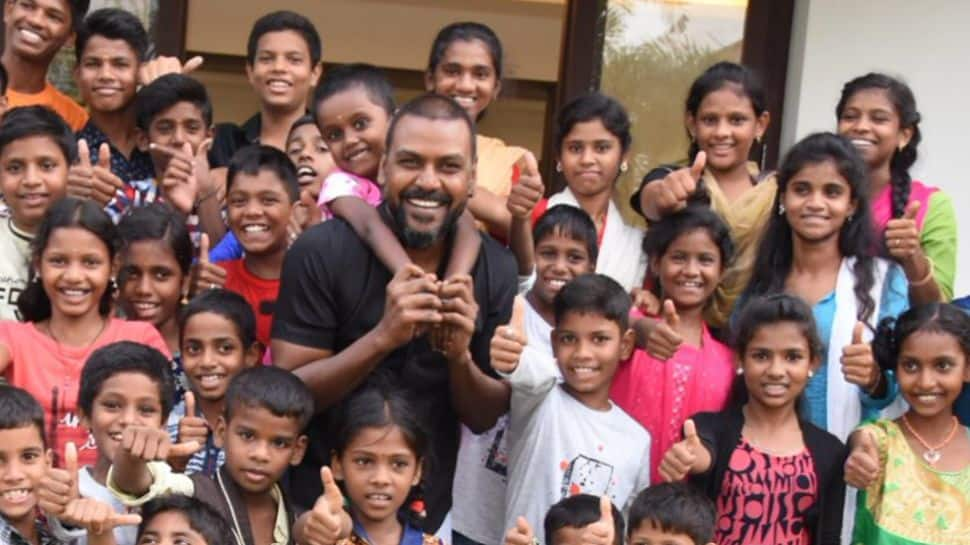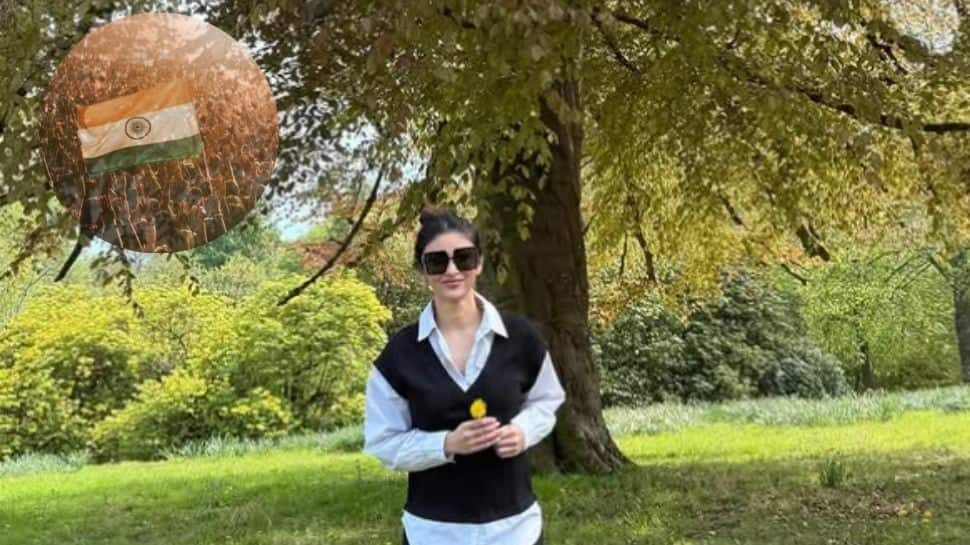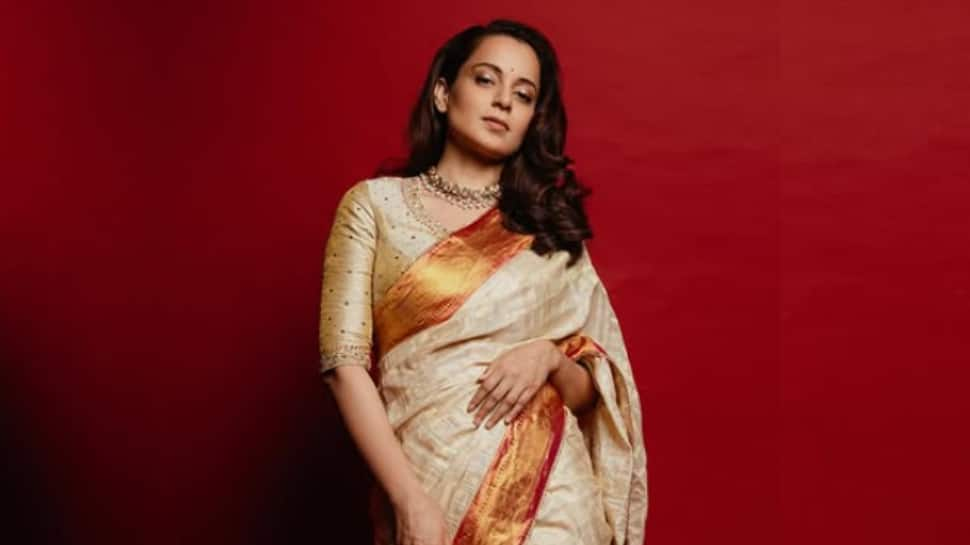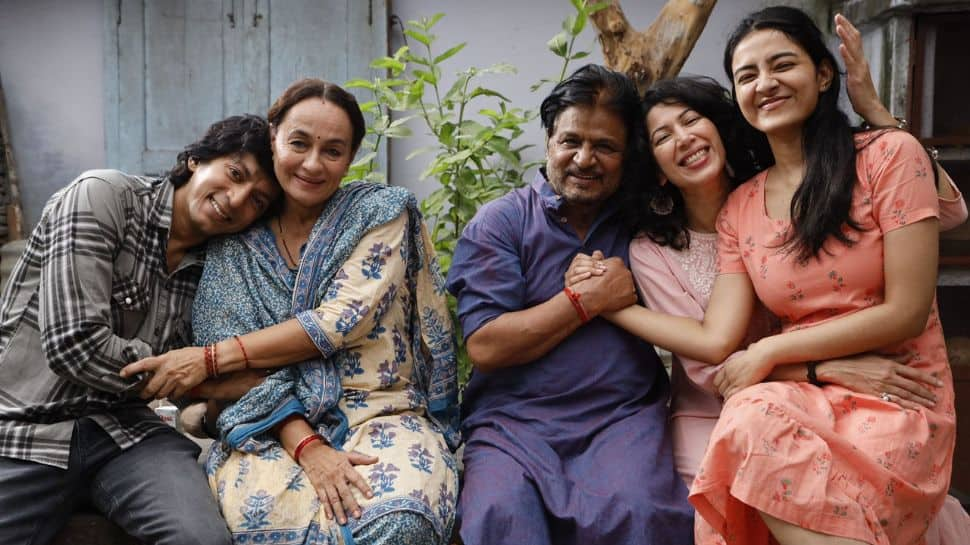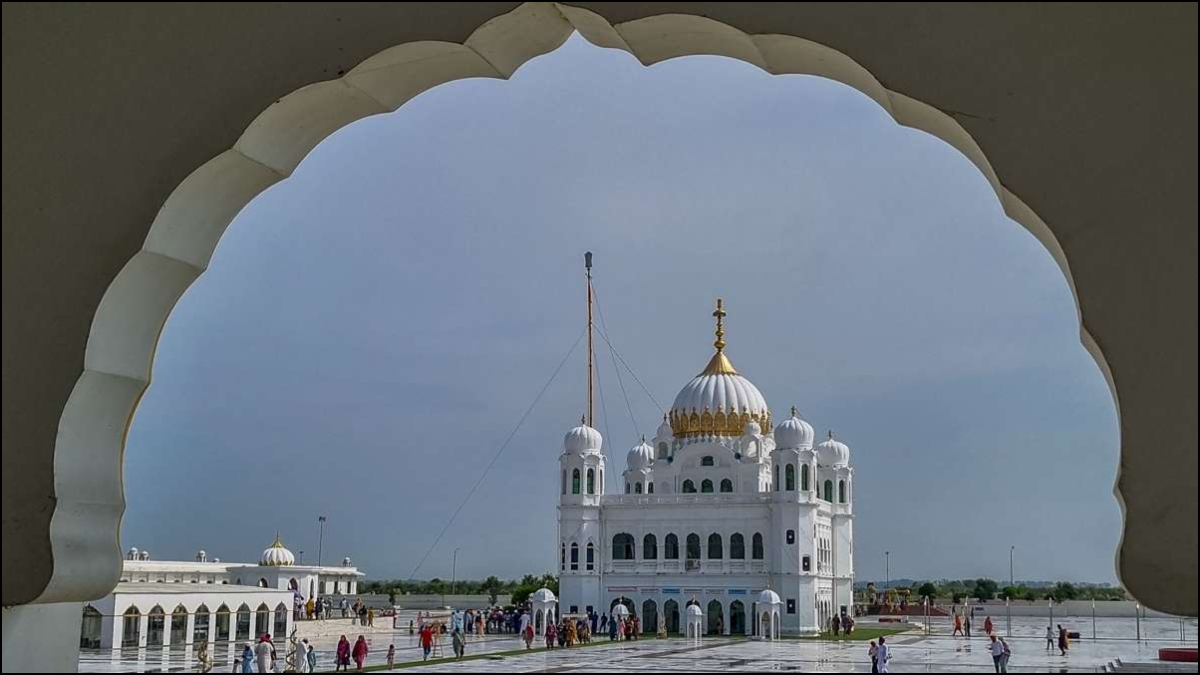Chaitra Navratri, one of the most important Hindu festivals, is celebrated to honor Goddess Durga and her nine different forms. It usually falls in the month of March or April and lasts for nine days, symbolizing the triumph of good over evil. Devotees observe strict fasting during this period to purify their bodies and minds, to seek blessings for health, prosperity, and spiritual growth.
If you are planning to fast during Chaitra Navratri, it’s essential to follow specific dietary rules to maintain your energy and stay in harmony with the spiritual essence of the festival. Here’s a comprehensive guide on what to eat and avoid during Chaitra Navratri fasting. In 2025, Chaitra Navratri falls from March 30 to April 7.
Fasting Rules During Chaitra Navratri
1. Fasting Variations
The type of fast one observes during Chaitra Navratri may vary, and it can be full or partial:
The rules of fasting depend on personal beliefs, customs, and health considerations. However, the goal is to avoid tamasic foods (food that promotes lethargy) and focus on sattvic foods that elevate the body and mind.
What to Eat During Chaitra Navratri
1. Fruits
Fruits are one of the most commonly consumed foods during Navratri fasting. They provide essential vitamins, minerals, and hydration. You can consume:
2. Vegetables
Some vegetables are allowed during the fast. They must not be pungent or heavy. Recommended vegetables include:
3. Pseudo-Grains (Vrat Ke Chawal)
Certain grains are considered permissible during Navratri fasting. These are not true grains but are rich in nutrients:
4. Dairy Products
Dairy products are generally consumed during the fast, provided they are light and easy to digest. You can include:
5. Nuts and Seeds
Nuts and seeds are highly nutritious and provide energy during the fasting period. You can include:
6. Herbal Teas & Drinks
To stay hydrated and rejuvenate during fasting:
What to Avoid During Chaitra Navratri Fasting
1. Grains and Pulses
Regular grains and pulses like rice, wheat, and lentils are prohibited during Navratri fasting. These are considered tamasic and heavy, which may hinder your spiritual progress. The permissible options are pseudo-grains mentioned earlier.
2. Onions and Garlic
Onions and garlic, considered pungent and tamasic foods, are strictly avoided during the fast. They are believed to disturb the balance of mind and body during the period of worship and meditation.
3. Non-Vegetarian Food
Any form of non-vegetarian food, including meat, fish, and eggs, is completely avoided during the Navratri fasting period. Fasting is a time for purification, and non-vegetarian foods are not in line with the spiritual discipline of this period.
4. Alcohol & Caffeinated Drinks
Alcoholic beverages and caffeinated drinks like tea and coffee are strictly prohibited during Navratri. These drinks can be heavy on the body, interfere with digestion, and disturb the focus required for fasting.
5. Processed and Junk Foods
Foods that are processed, fried, or overly seasoned are avoided, as they do not contribute to maintaining the purity and health of the body. Avoid packaged snacks, chips, and sweets made with refined sugar and white flour.
6. Artificial Sweeteners and Sugar
Refined sugar, artificial sweeteners, and sugary foods are to be avoided. Instead, natural sweeteners like honey or jaggery can be used in small quantities to make fasting foods or drinks more palatable.
7. Spices & Seasonings
Strong spices, such as mustard seeds, garlic, onions, or chili powder, should be avoided. You may use simple, mild spices like cumin, coriander powder, black pepper, or ginger to add flavor to fasting meals.
Simple Meal Plan for Chaitra Navratri Fasting
Breakfast:
A glass of fresh fruit juice or coconut water A handful of mixed nuts and dried fruits Fruit salad with a dash of lemon juiceLunch:
Buckwheat flour (kuttu) roti with boiled potatoes and paneer curry Vegetable salad (carrot, cucumber, and tomatoes) A bowl of yogurt or buttermilkSnack:
A small serving of fruits like papaya, apple, or banana Roasted seeds like sunflower or pumpkin seeds Herbal tea (without sugar)Dinner:
Singhara atta (water chestnut flour) paratha with curd Sweet potato or pumpkin curry A glass of warm milk or herbal tea
Make sure to stay hydrated, listen to your body’s needs, and avoid heavy, processed foods to maintain the purity of mind and body. Whether you're observing a strict fast or following a partial fasting routine, Chaitra Navratri is a beautiful time to celebrate devotion, discipline, and self-awareness.
Stay informed on all the latest news, real-time breaking news updates, and follow all the important headlines in india news and world News on Zee News.

 1 month ago
1 month ago




